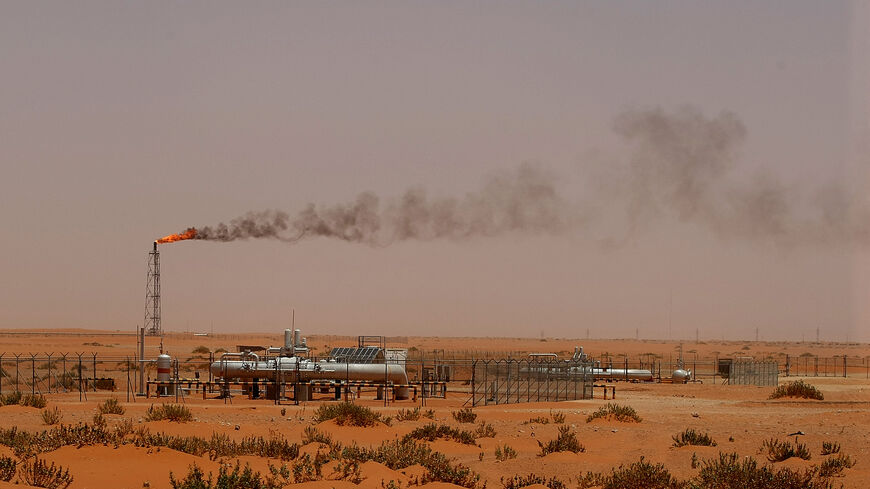What oil markets' 'bloody Monday' means for Gulf producers
Gulf producers must navigate between an angry White House and Congress, with the threat of tariffs, and uncertainty regarding Asian partners and demand as a result of the pandemic.

Monday, April 20 was a strange day in oil markets, a dizzying descent without a real landing. It is a cartoonish catastrophe, to have fallen from the sky only to be suspended by a tree branch, waiting for the final thud of hard ground. It's not over yet.
Future contracts of oil sold in the United States, under the West Texas Intermediate (WTI) index traded at a negative value, nearing -$40 per barrel. Essentially, for May deliveries, oil sellers would pay others to take delivery of their product because they simply had no place to store it. The price of the contracts fell so rapidly because no other buyers were willing to take on the risk (or the product). Contracts for deliveries in May need to be closed out or settled before May actually starts, so the price collapse gained momentum now, in the last few trading days of April. Oil prices on the same WTI index for June are still in the $20 per barrel range, but that could change, too, as there is not likely to be new construction of massive storage within the next month or so, and there is not likely to be a surge in demand as the United States stays at home.
Subscribe for unlimited access
All news, events, memos, reports, and analysis, and access all 10 of our newsletters. Learn more
Continue reading this article for free
Access 1 free article per month when you sign up. Learn more.
By signing up, you agree to Al-Monitor’s Terms and Conditions and Privacy Policy. Already have an account? Log in









.jpg?h=484aaada&itok=l9O0K7bm)